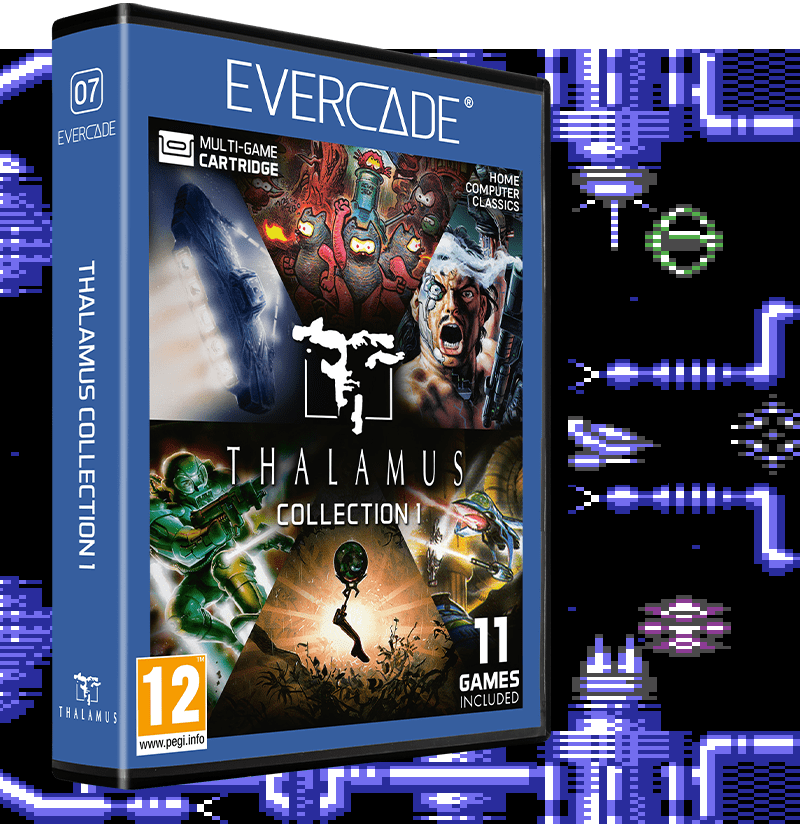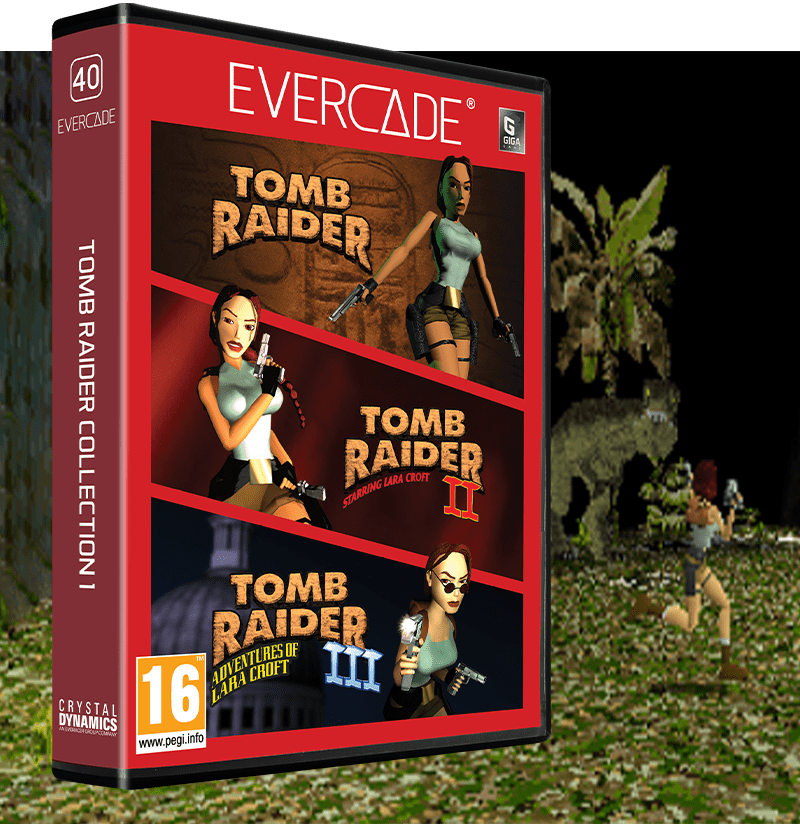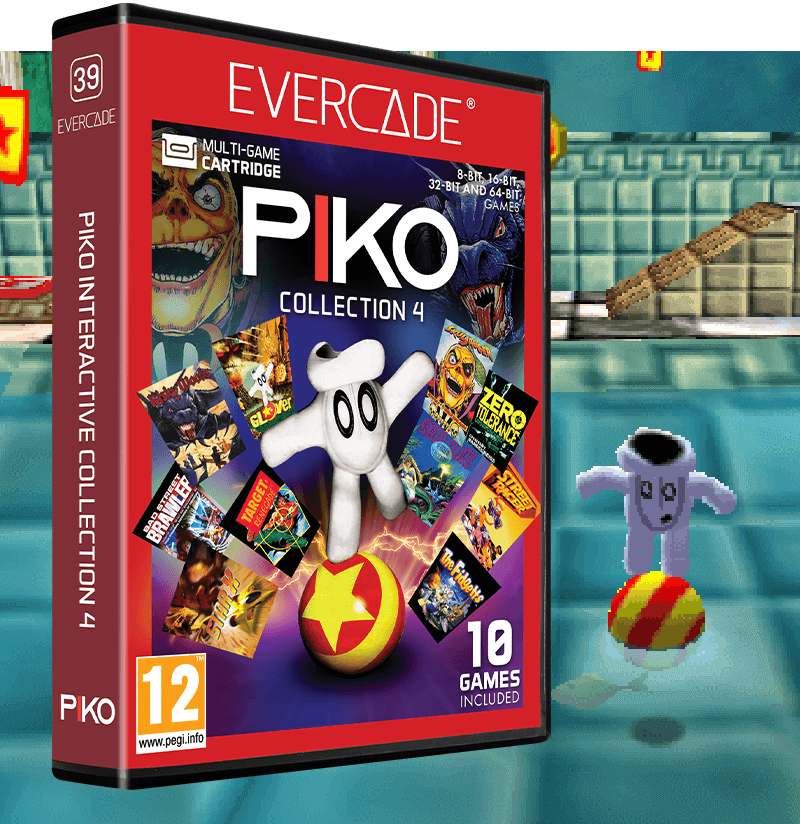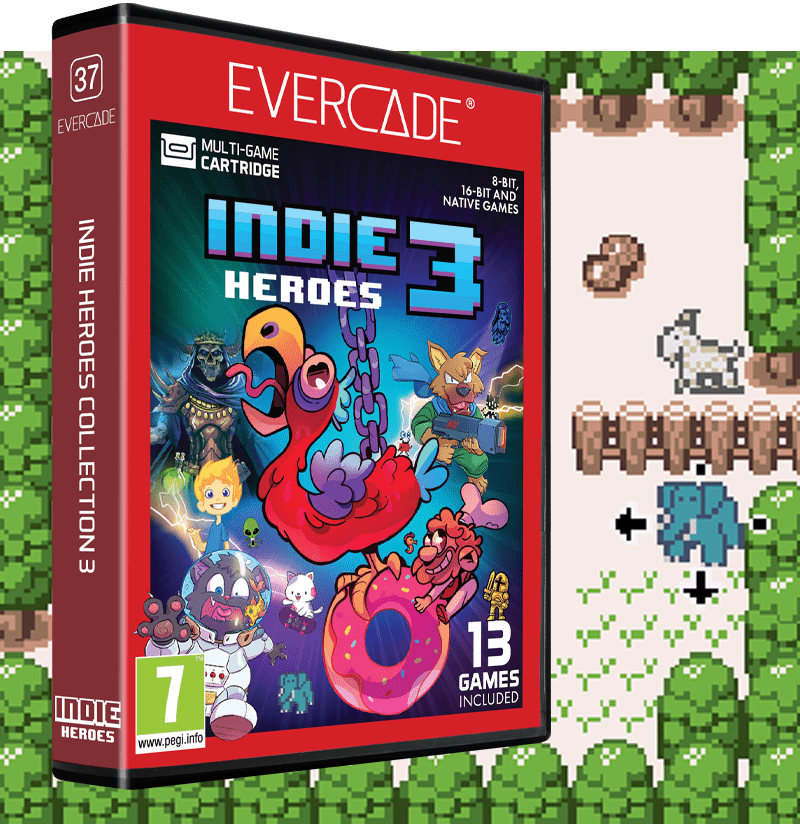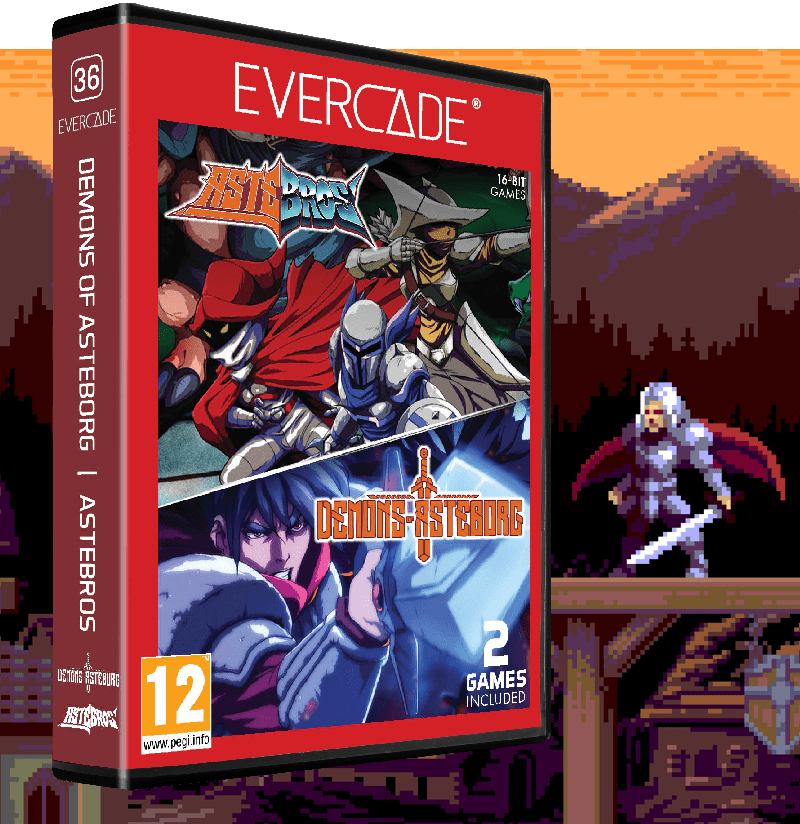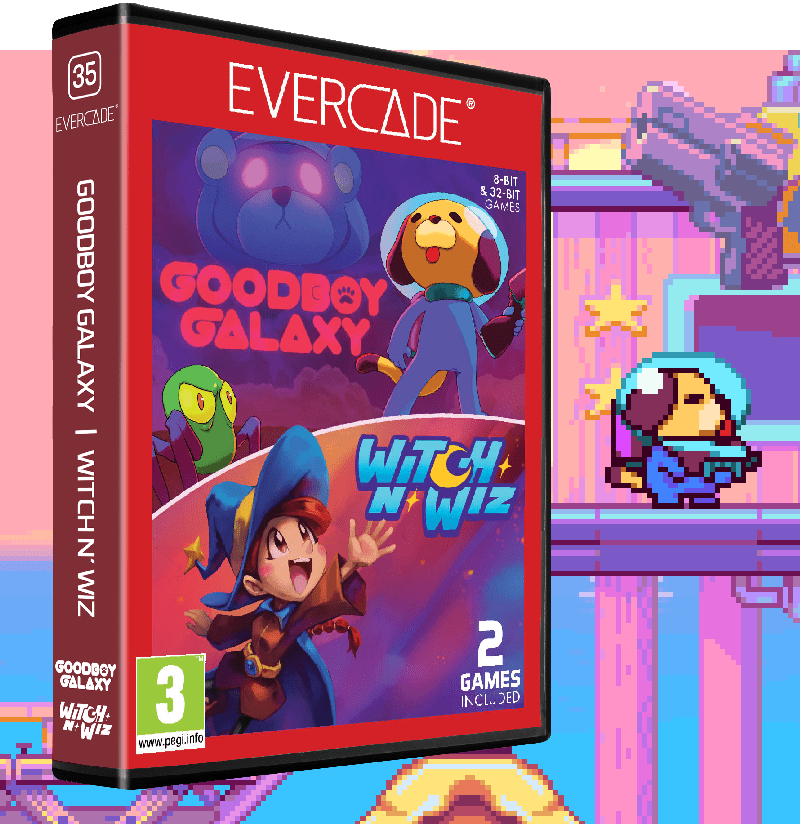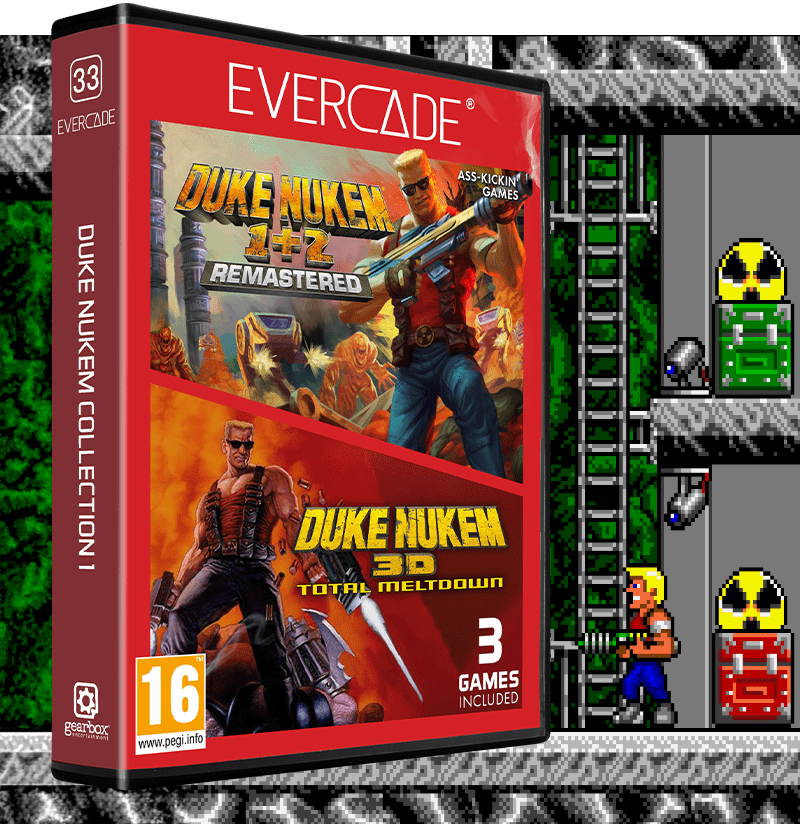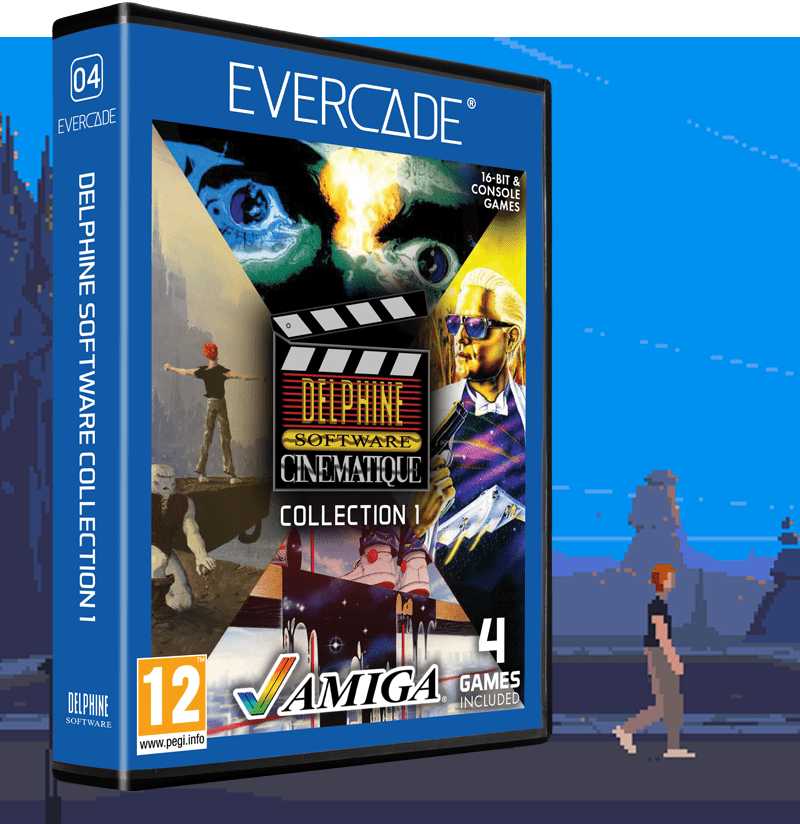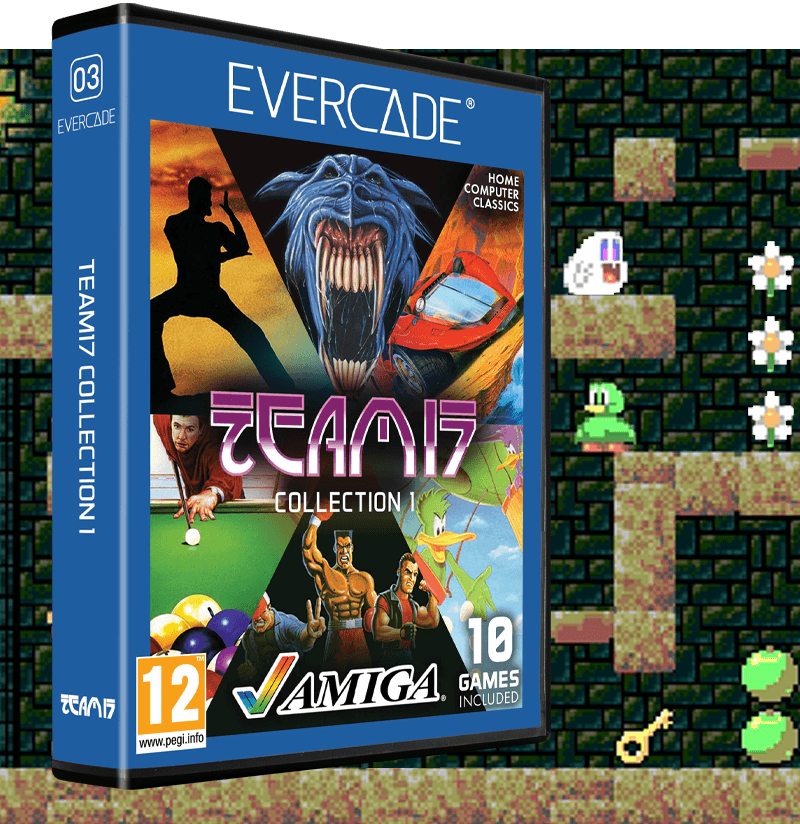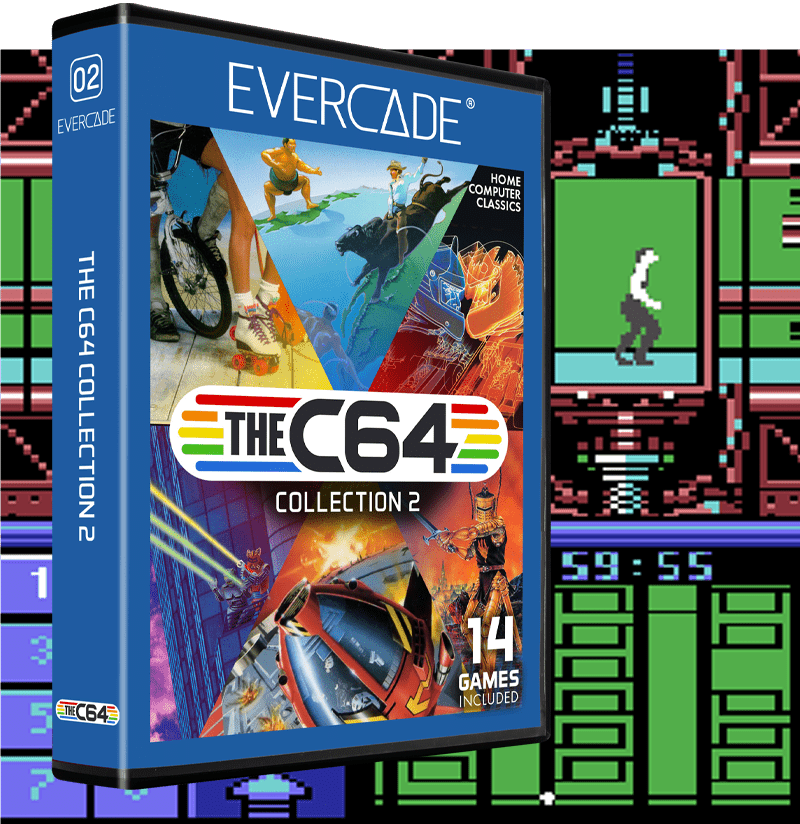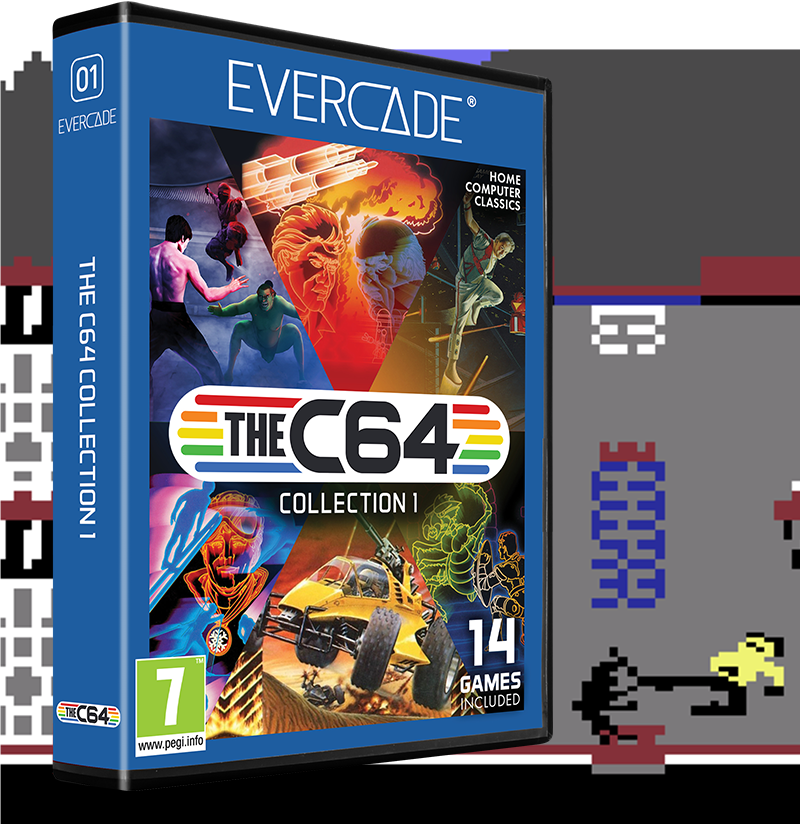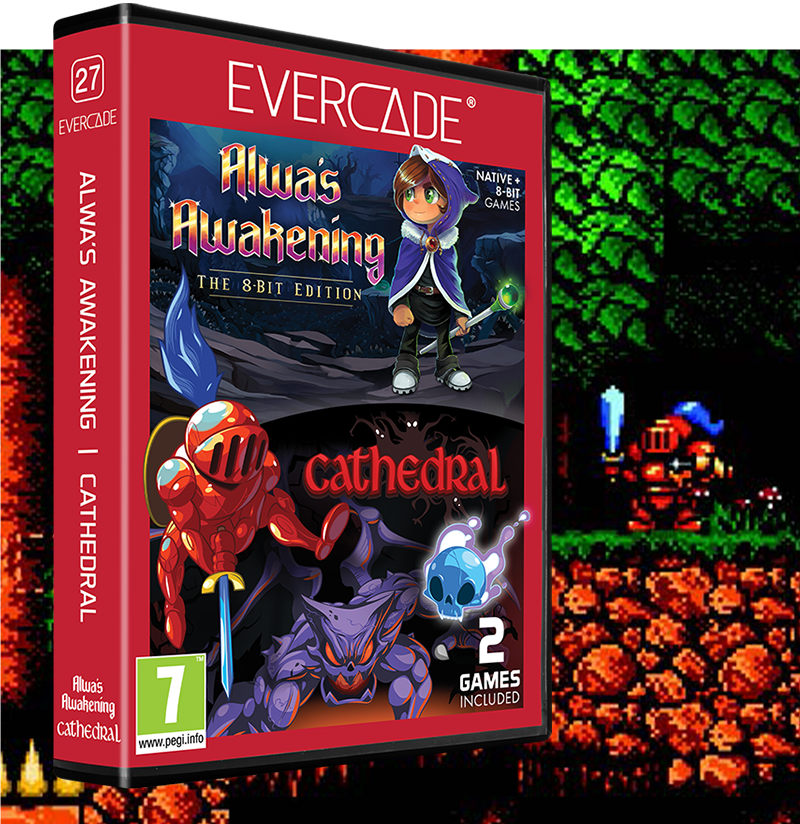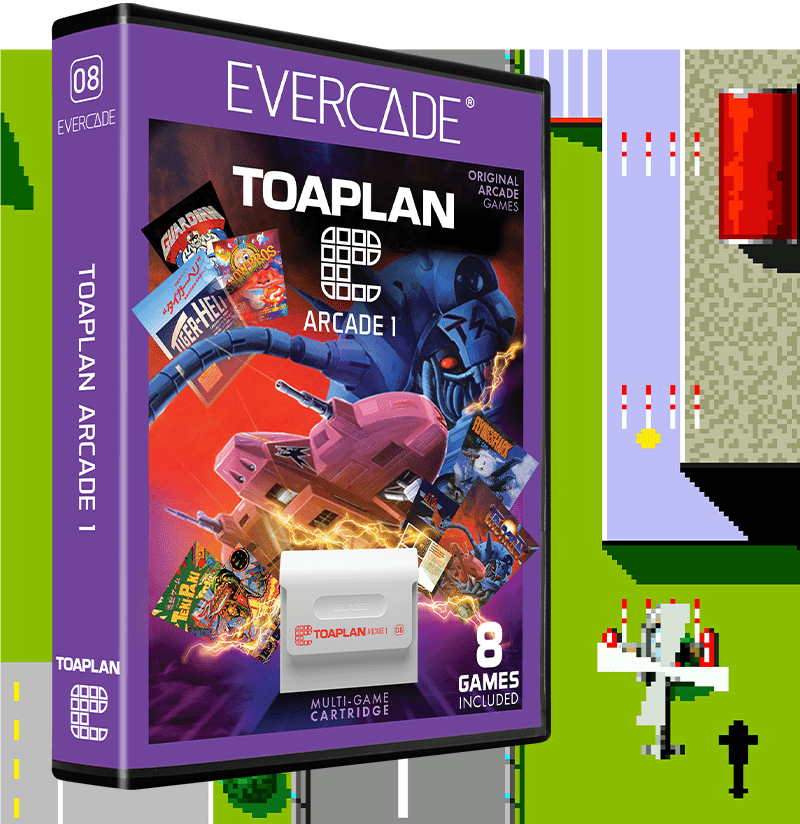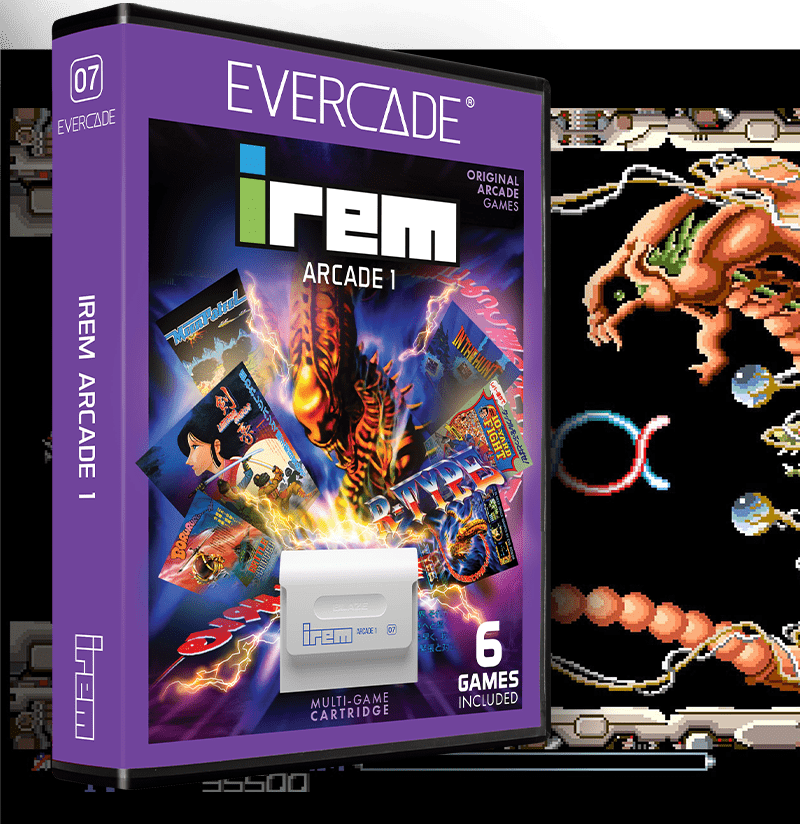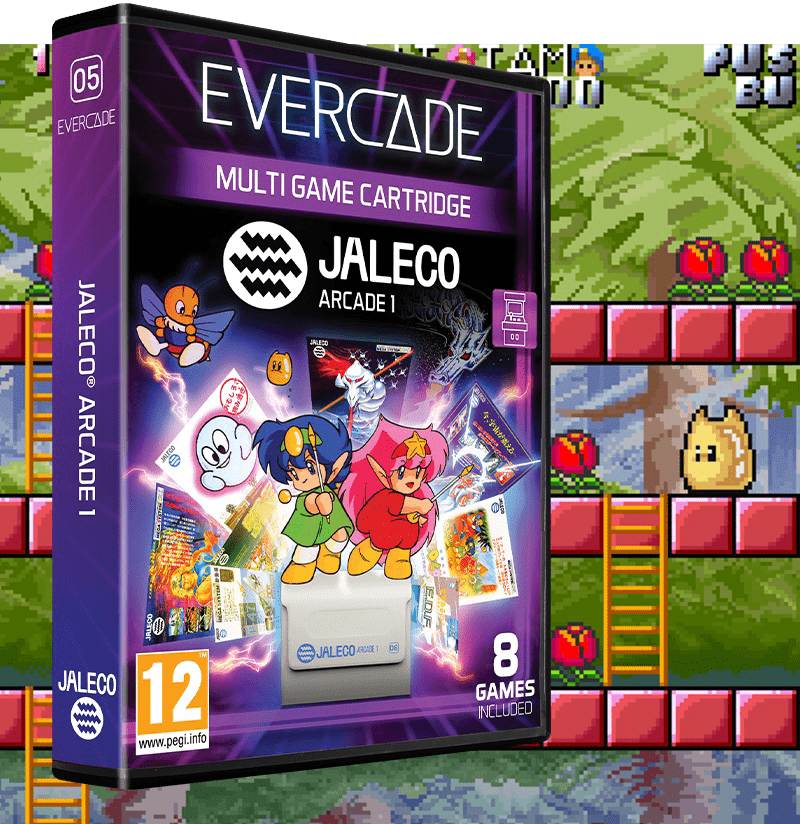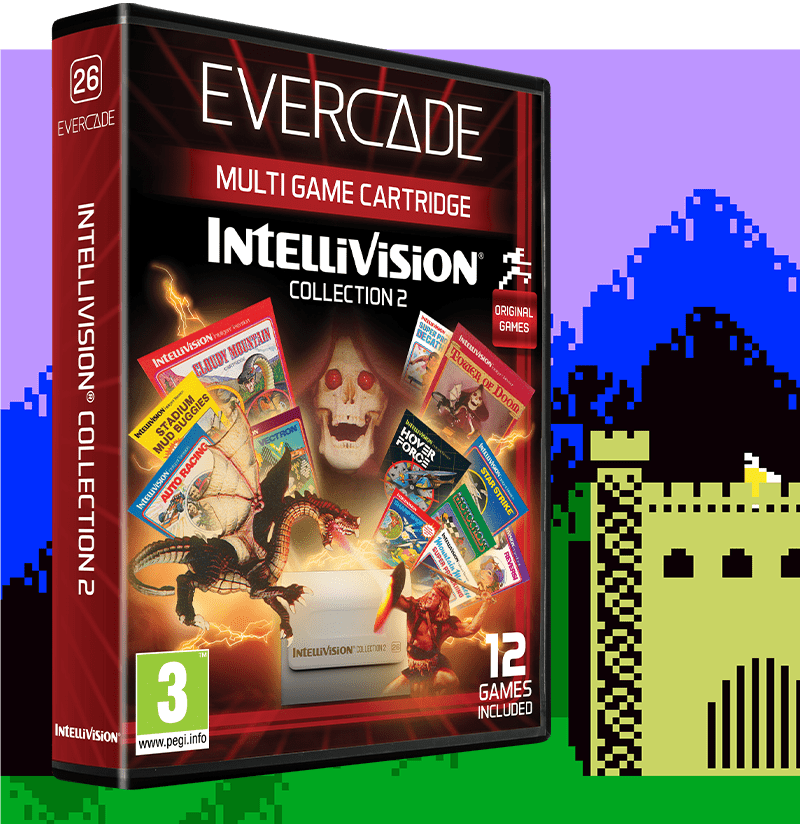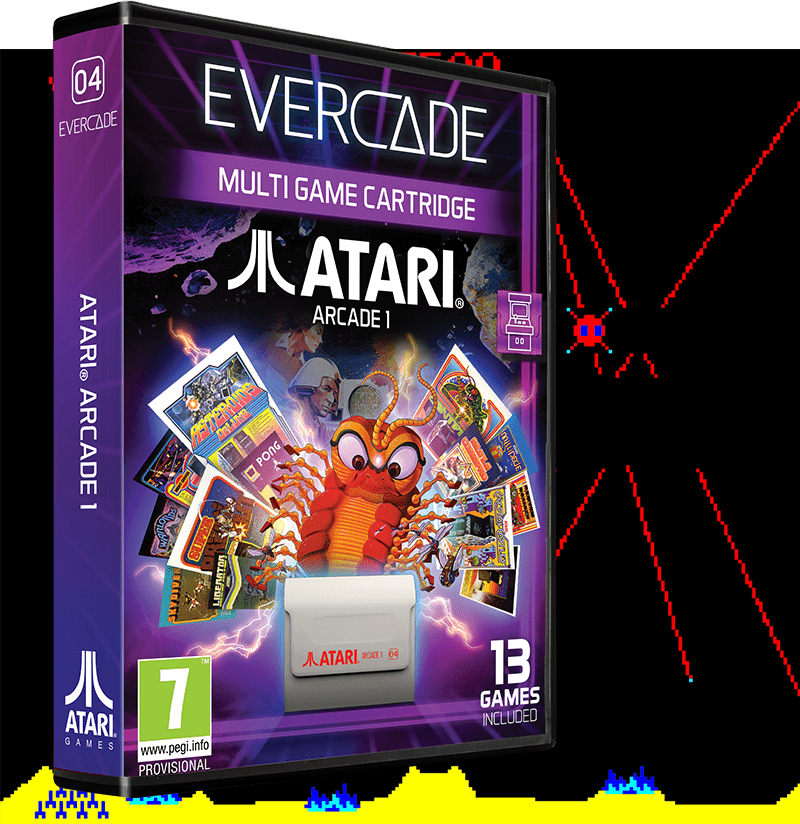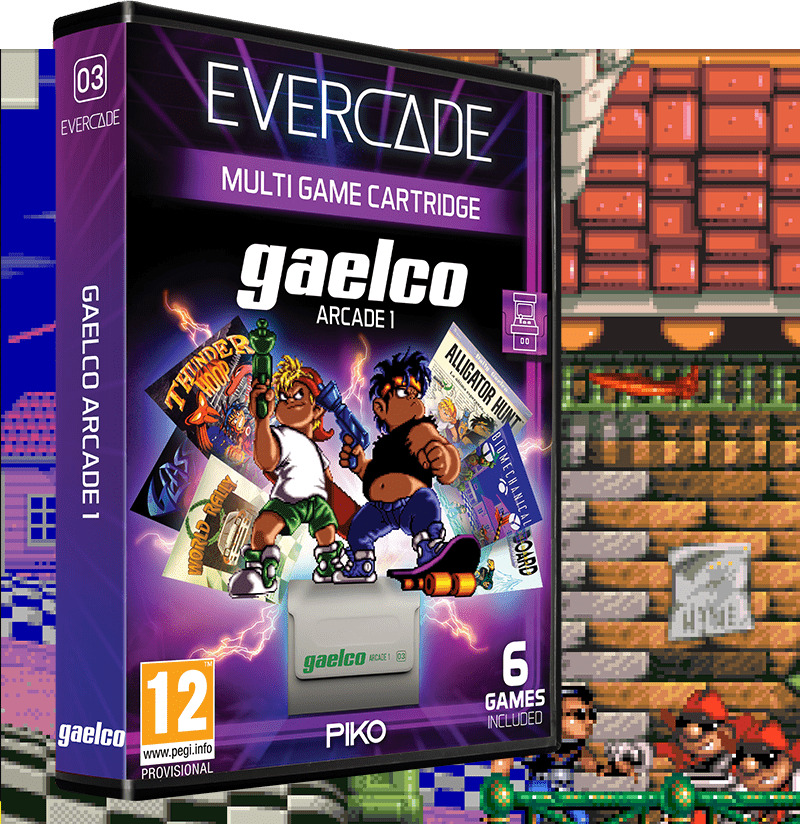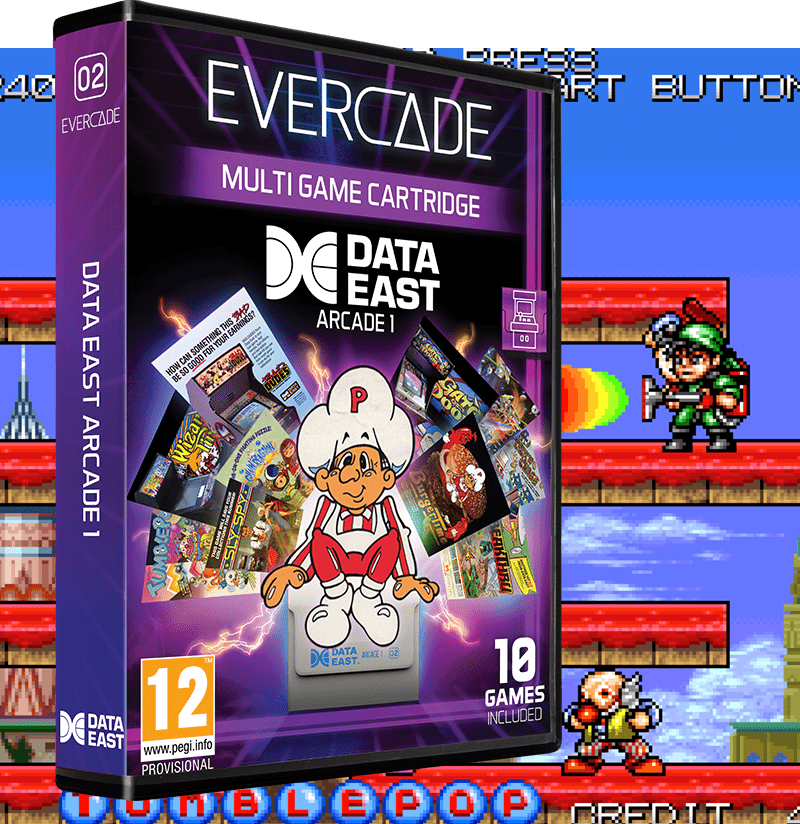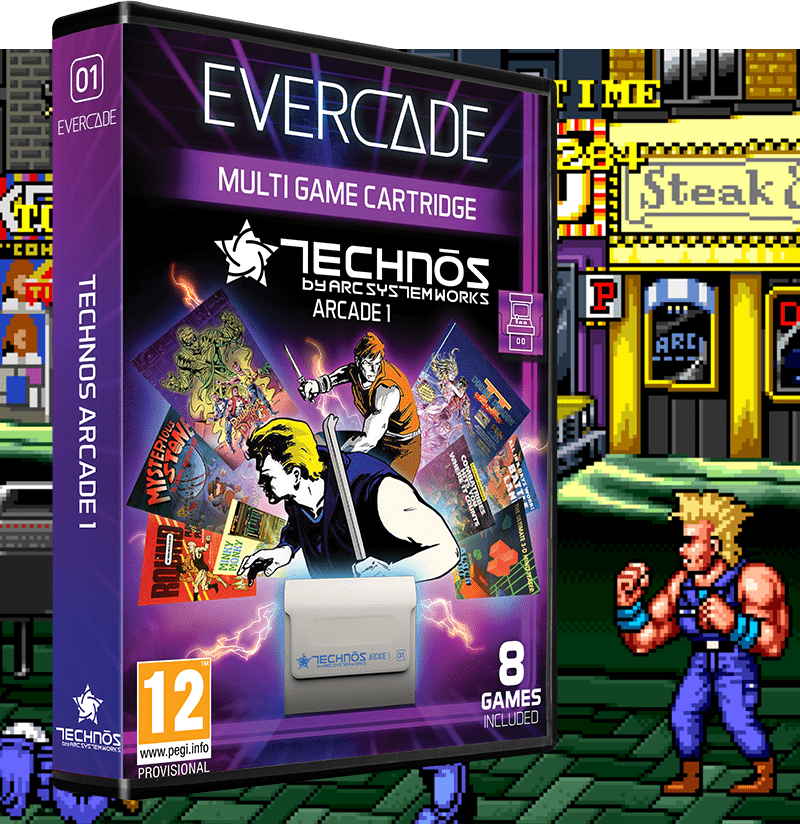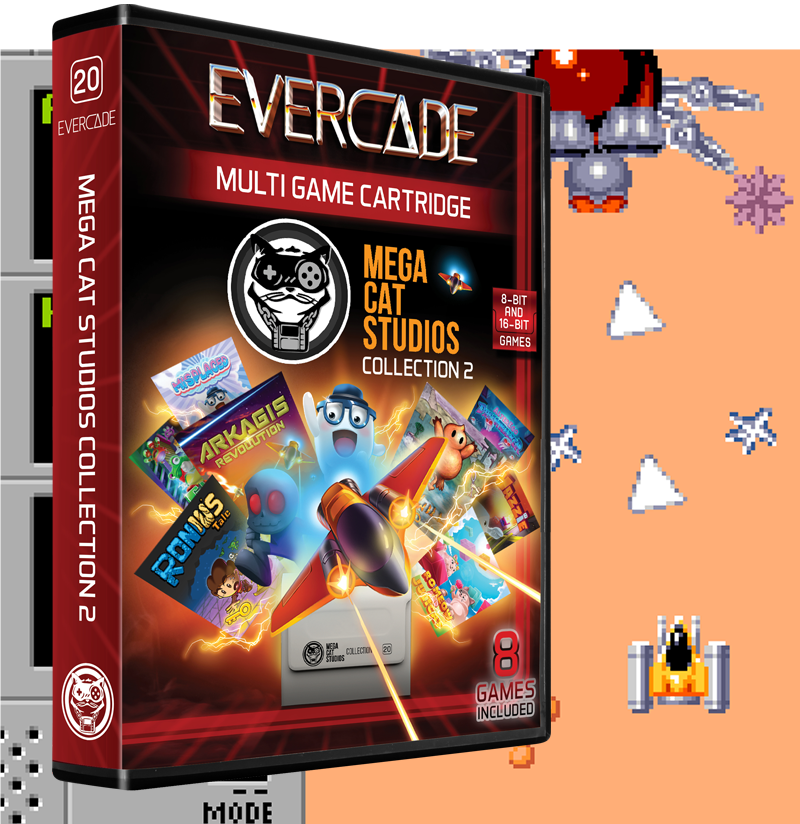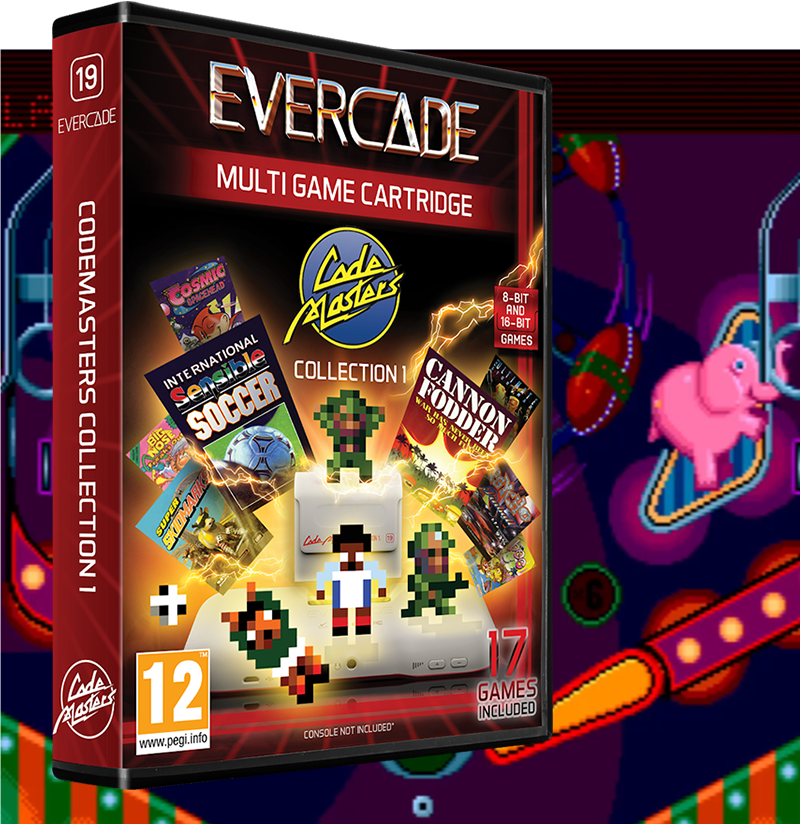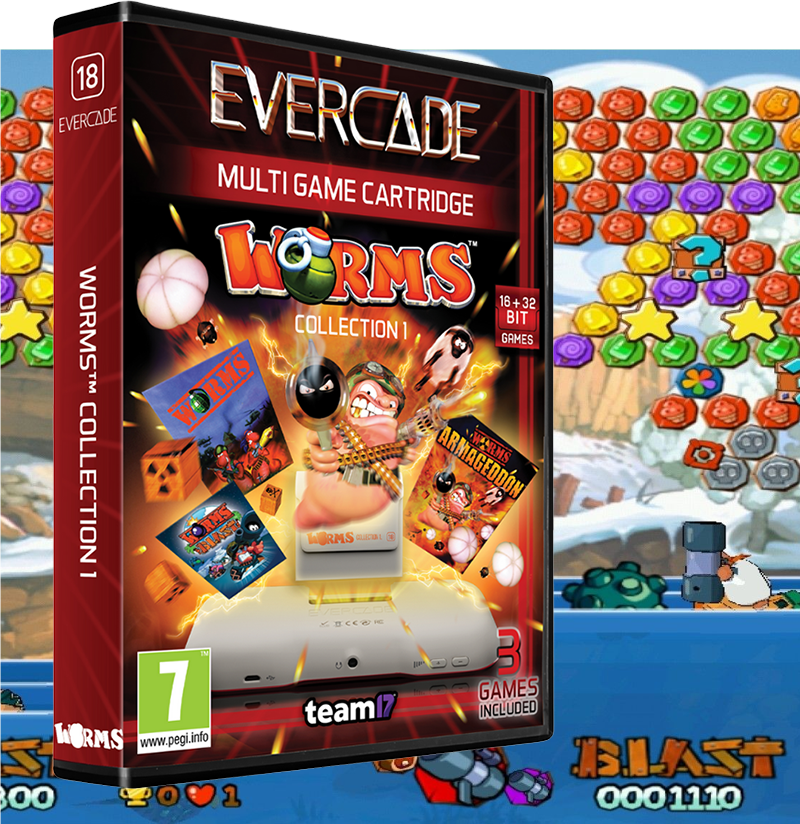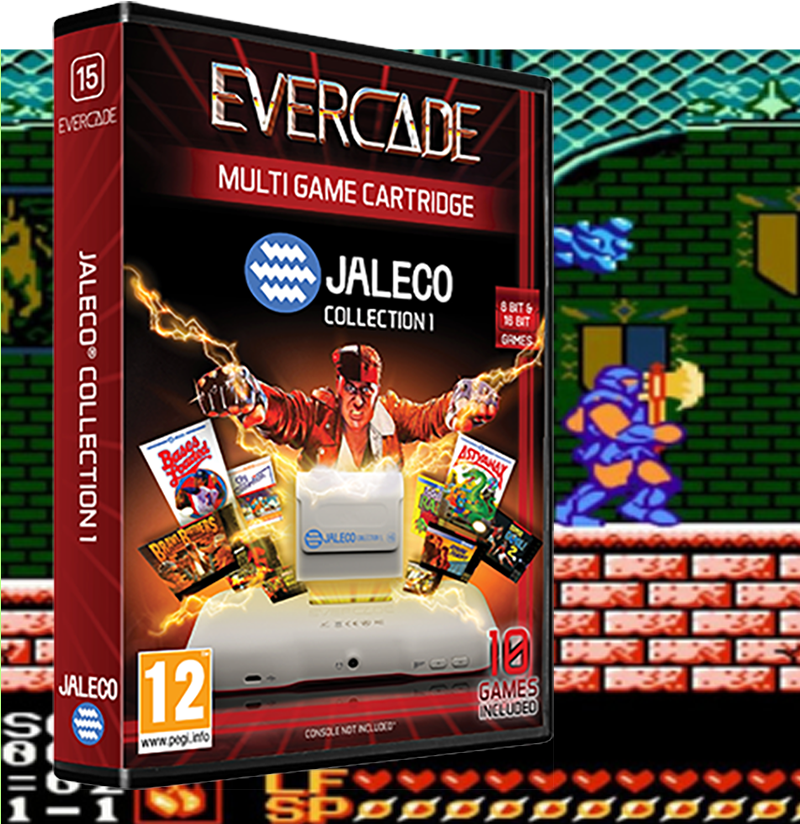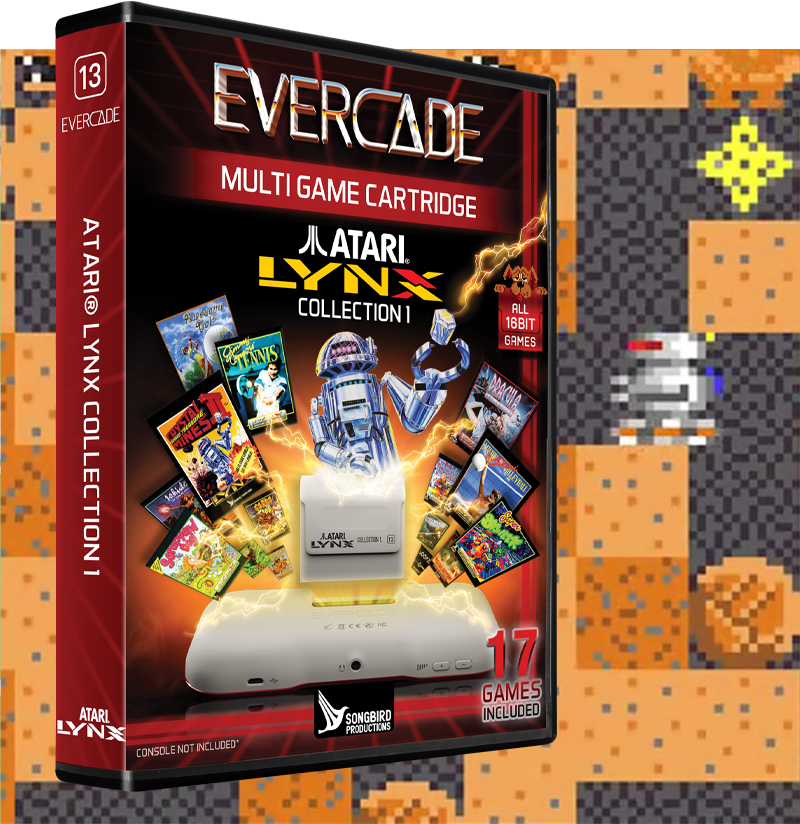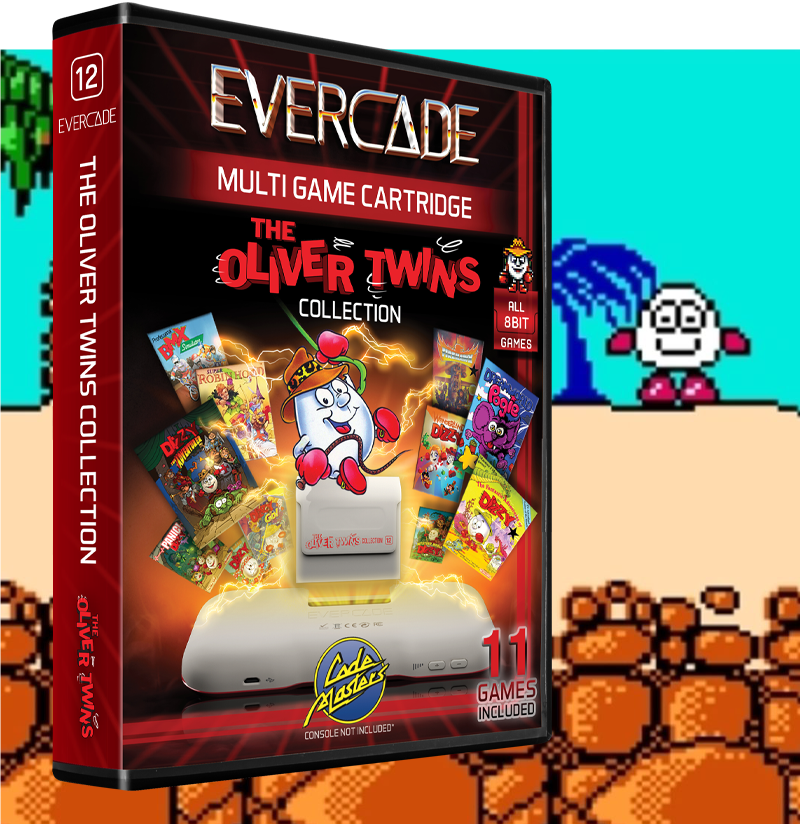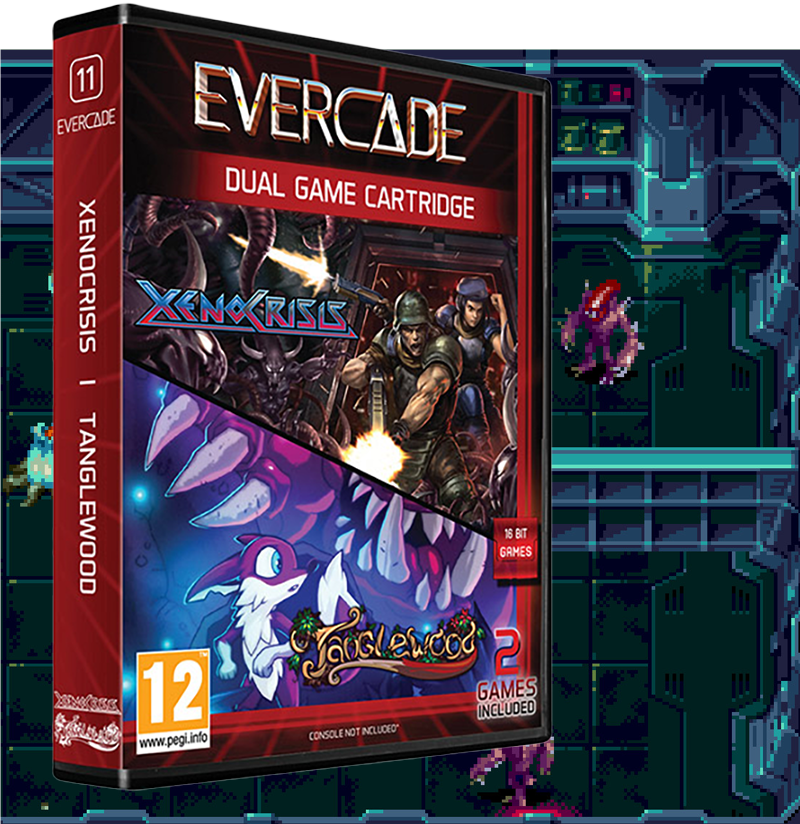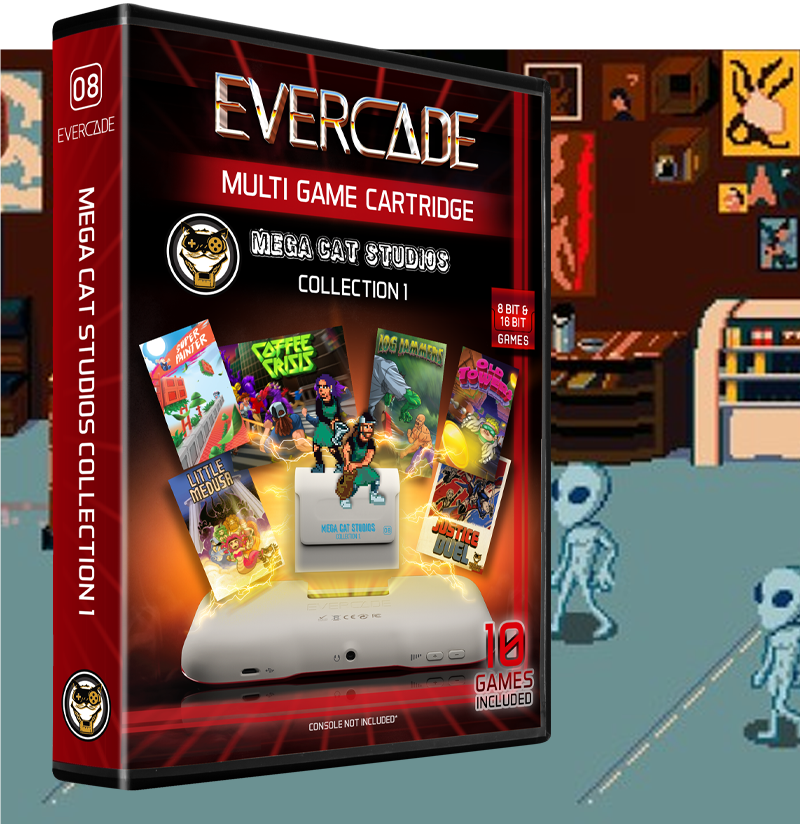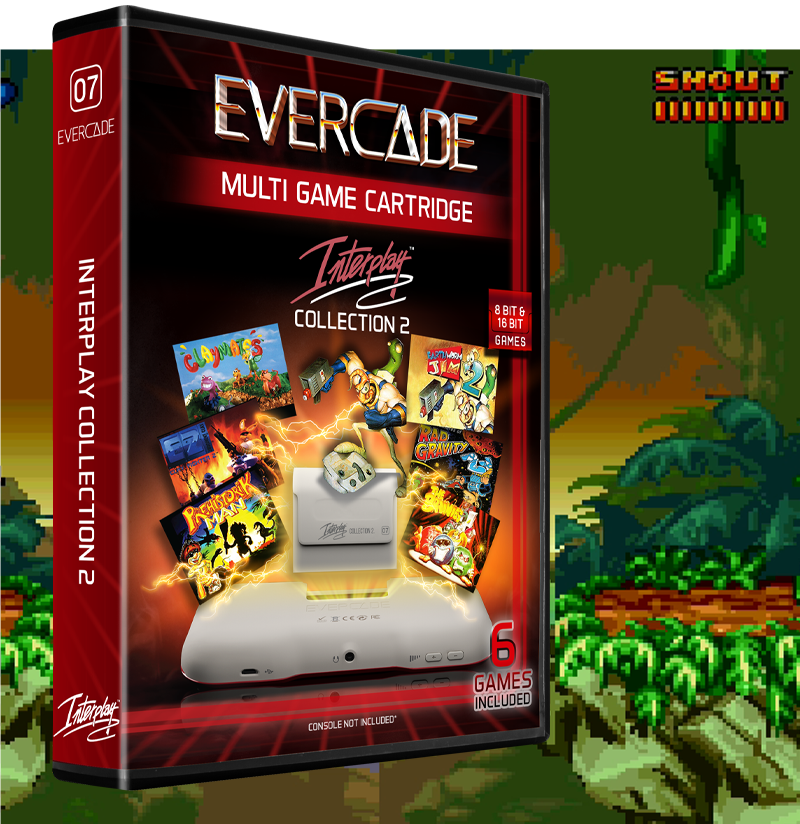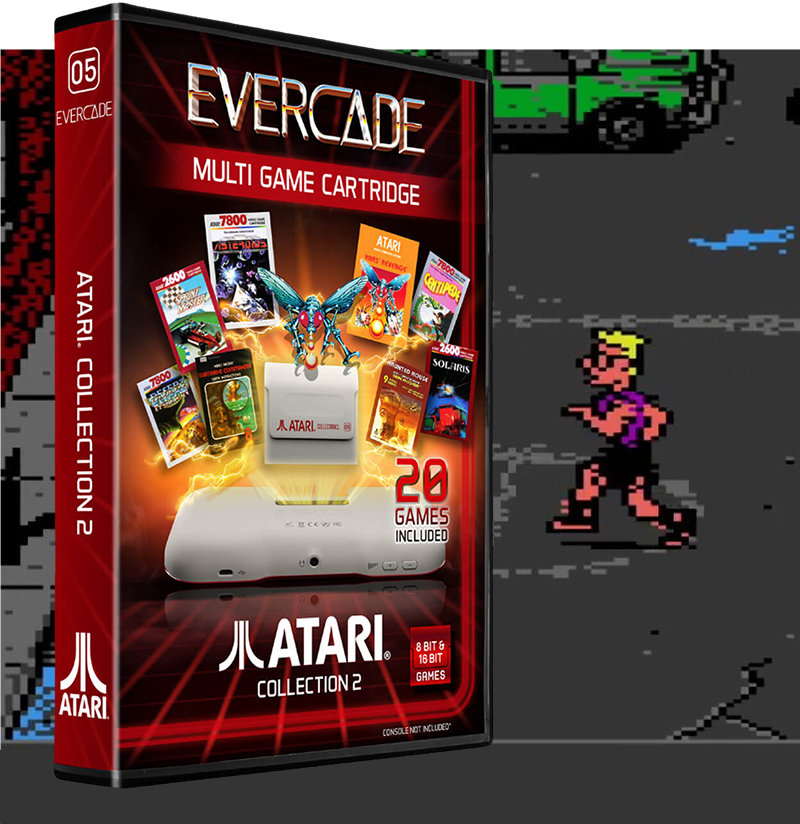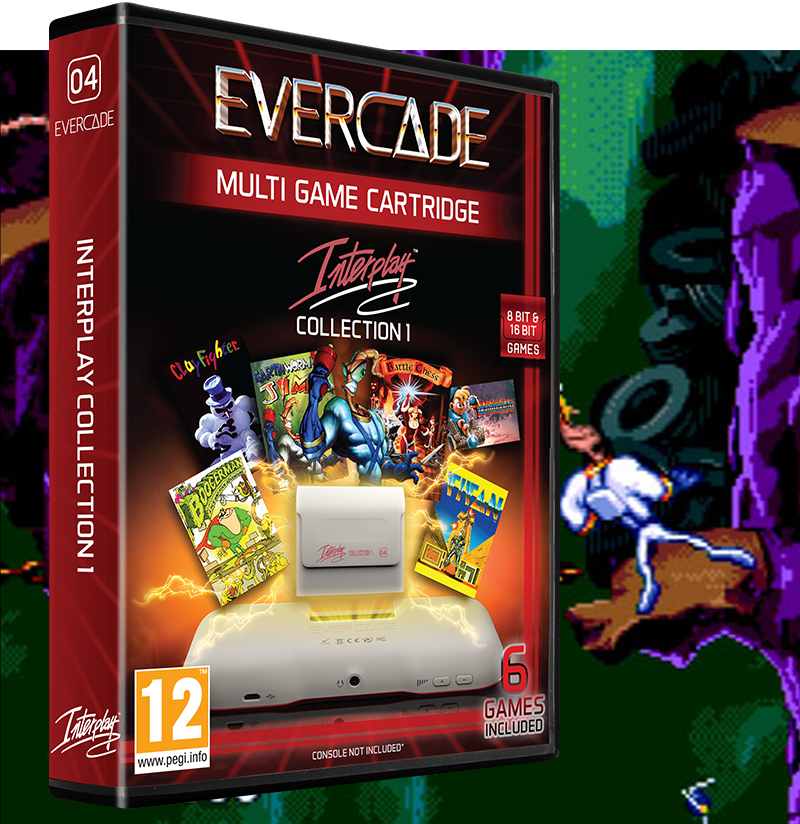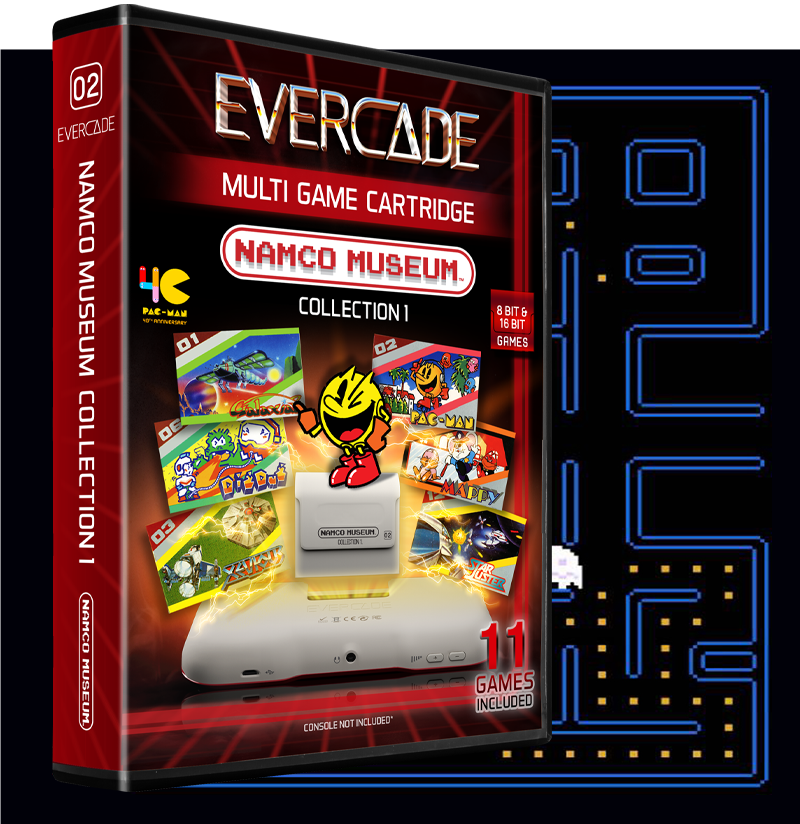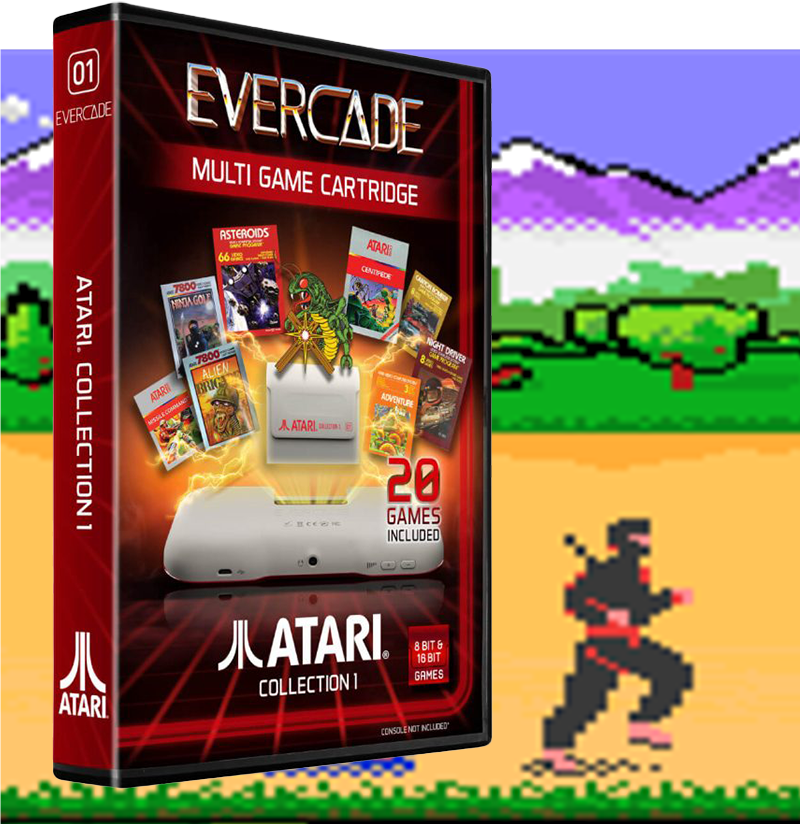
4
Nov
Evercade Game Spotlight: Adventure (Atari Collection 1)
The Evercade library runs the gamut from the earliest days of gaming right up until the polygonal revolution of the 1990s. Today we’re heading back towards the very dawn of gaming to take a look at an incredibly influential title: the simply named Adventure from the Atari Collection 1 cartridge.
Adventure comes to us from 1980, and was composed by Warren Robinett for the classic Atari 2600 console, which was still known as the “video computer system” or “VCS” at that time.
Adventure was originally conceived to be a graphical adaptation of William Crowther and Don Woods’ 1977 text adventure Colossal Cave Adventure. This genre-defining experience was originally composed for mainframe computers, but in the years following its release it was ported to a wide variety of home computer platforms.
Adapting Colossal Cave Adventure to a platform such as the Atari 2600 was always going to be a challenge. For starters, the Atari 2600 lacked a keyboard, so the original Colossal Cave Adventure’s natural language text parser would have to go. On top of that, the Atari 2600’s meagre 128 bytes of RAM would likely make things a bit of a challenge to squeeze in, as would the fact that most Atari 2600 cartridges only contained up to about 4 kilobytes of data. By contrast, Colossal Cave Adventure took up several hundred kilobytes.
Robinett’s aim for Adventure was to translate the overall feel of Colossal Cave Adventure to a more graphical presentation that players of the game would interact with directly using a joystick. He ran into numerous technical issues while composing the game, which resulted in many of the game’s screens being mirrored and some of the passageways between the game’s “rooms” being one-way, leading to a different destination when passed through in the other direction.


Amusingly, in the original instruction manual for Adventure (an extract of which you can see above), the technical limitations of the Atari 2600 were embraced, describing any unpredictable or unintentional happenings in the game as “bad magic” cast on you by the game’s villain. The platform’s inability to handle too many objects on screen at once was also explained away as the unpredictable nature of magic meaning that sometimes things will work, sometimes they won’t.
Adventure was revolutionary in a number of different ways. Its map, consisting of 30 different rooms, was a huge advancement over the typically single-screen games of other Atari 2600 titles. Not only that, but this was a “living” world; characters that were on different screens to the player, such as the dragons and the bat, would continue moving according to their programmed behaviour even if they weren’t visible.
Adventure is also noteworthy for popularising the concept of the Easter Egg, a hidden piece of content tucked away inside a larger work. Robinett was frustrated by Atari’s policy of removing game developers’ names from their projects as a means of discouraging “headhunting” from rival companies, and so he decided to make a point. Using a full 5% of the already limited cartridge capacity he had available to him, he snuck in a secret room that contains the message “Created by Warren Robinett”.
The secret wasn’t found until after the game was on general release; Atari only learned of it after a young man named Adam Clayton wrote in to them to tell them he’d found the secret. Robinett had already left Atari by this point, and it was too late to recall and replace the cartridges. Moreover, the employee tasked with “fixing” the message in the game said that if he was able to do so, he would simply replace the message with his own name.
Determining that they were probably fighting a losing battle here, Atari decided to have a bit of a change in heart, and instead decided that hiding these “Easter eggs” in their games would provide additional fun for players. And so it was that a lot of Atari 2600 games ended up incorporating little secrets, usually taking the form of the programmer’s initials appearing somewhere in the game.
As for Adventure itself, it’s a relatively straightforward game once you get to grips with it. Move your little dot around with the D-Pad, pick up items by walking into them and drop them with the A button. Most items are used by simply walking the item into the thing you want to use them on — bump a key into a castle gate to open it, for example — so the angle at which you pick up the item is important.
For example, it’s helpful to pick up the keys so that they are above you, making opening the castle gates easier, and the sword so that it is out to your side.
Your goal is simple: find the Enchanted Chalice and return it to the Golden Castle which you start the game outside. In Game 1, which is the default mode the game starts in, it’s possible to complete this task in 40 seconds, so take that as a challenge. In Game 2 and Game 3, meanwhile, a much larger map makes things more difficult — with all the item locations being randomised in Game 3.
Need a helping hand getting around? Here’s a handy map for Game 1, courtesy of The Video Game Atlas.


The letters on the blue labyrinth represent which passageways connect to one another — note that the layout isn’t always quite what you expect!
As for Game 2 and Game 3, here’s the overall map, once again put together by The Video Game Atlas:
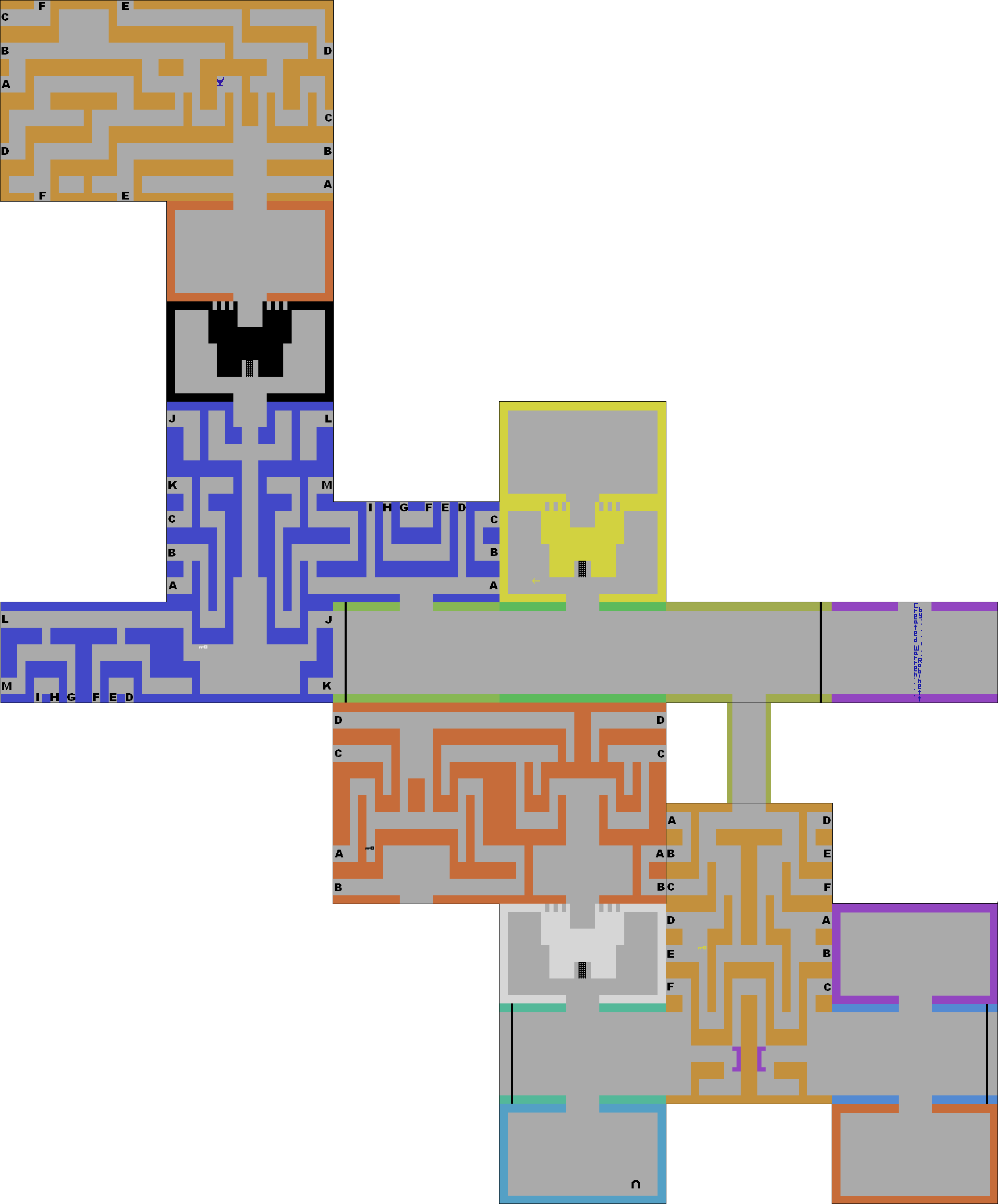

Note that the orange labyrinths in Game 2 and Game 3 are “dark”, meaning that you can only see a short distance around yourself.
As for that Easter egg, here’s how to find it. You’ll need to be playing Game 2 or Game 3, and you’ll need to have unlocked the Black Castle — we’ll leave getting that far up to you!
Once you’ve done this, go grab the Bridge from the southern end of the orange catacombs to the south-east of the Golden Castle. Take passageway F or C on the map above to reach it.
Carry the Bridge into the Black Castle dungeon until you find a seemingly inaccessible small chamber — it’s adjacent to the lower mark F in the top left of the map above. Put the Bridge down so that you can pass over the wall and into the small chamber.
Bump around the small chamber’s lower-right corner and you should find a small Dot item. You may not be able to see this unless you rub along a southern edge of a room or passageway, since it’s the same colour as the “floor”.
Return to the room that is one screen south and one screen east from the Golden Castle. You’ll see a barrier line down the right hand side. Drop the Dot in this room, then go and find any other two items such as Keys or the Sword. Drop them in the same room as the Dot.
Owing to the “bad magic” of having too many objects in the room at once, you should now be able to walk right through the eastern wall and find the Easter egg. If it doesn’t work, go get another object and try again! Make that poor virtual Atari 2600 living in your Evercade suffer for your enjoyment!
And that’s Adventure! Although simple by modern standards, without this game we wouldn’t have had subsequent top-down action-adventure games and action RPGs. Indeed, there are some of the world’s most well-known gaming franchises that owe a huge debt of gratitude to Adventure’s existence; although some of those games may well have ended up being more well-known in the long term, it’s always good to know the real roots of what you’re playing. And that’s one of the many things the Evercade library is all about!
